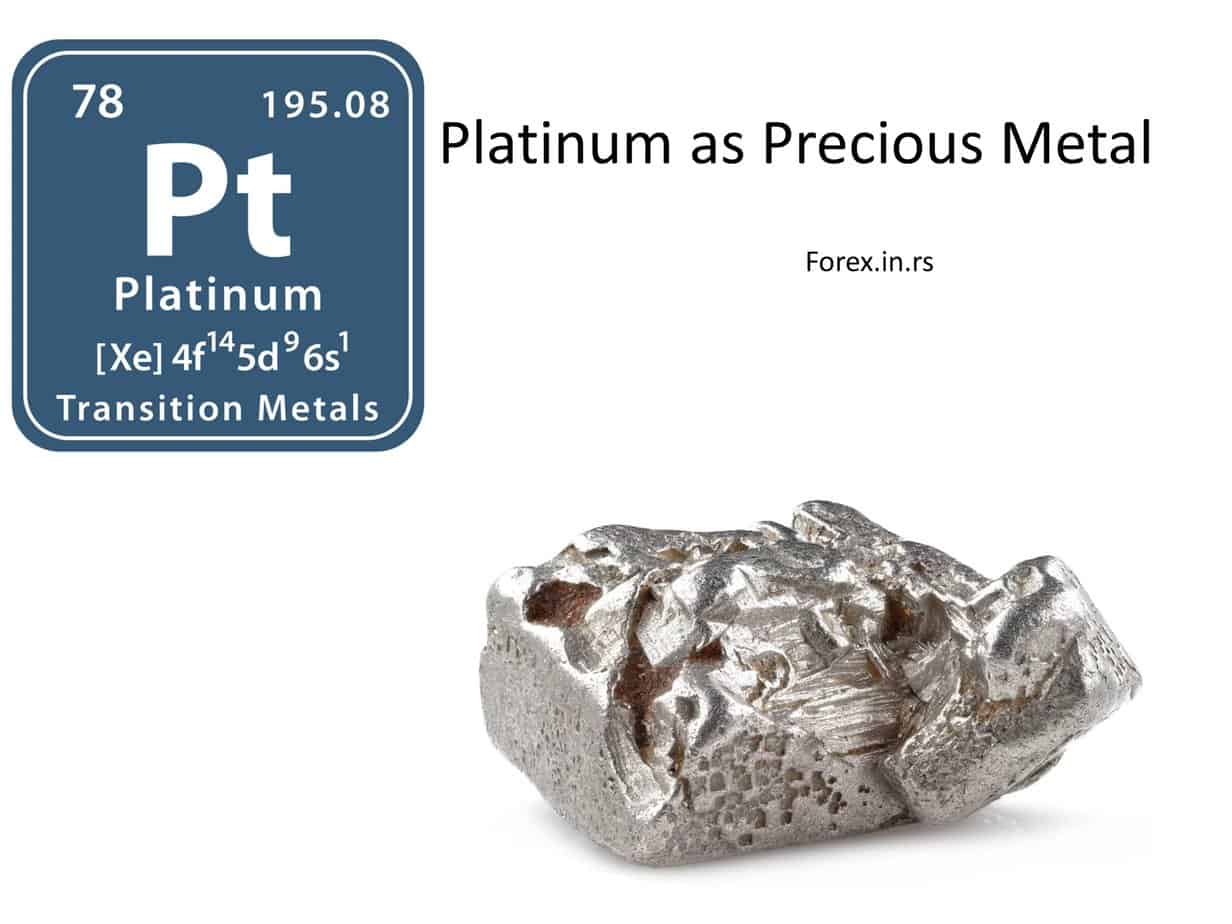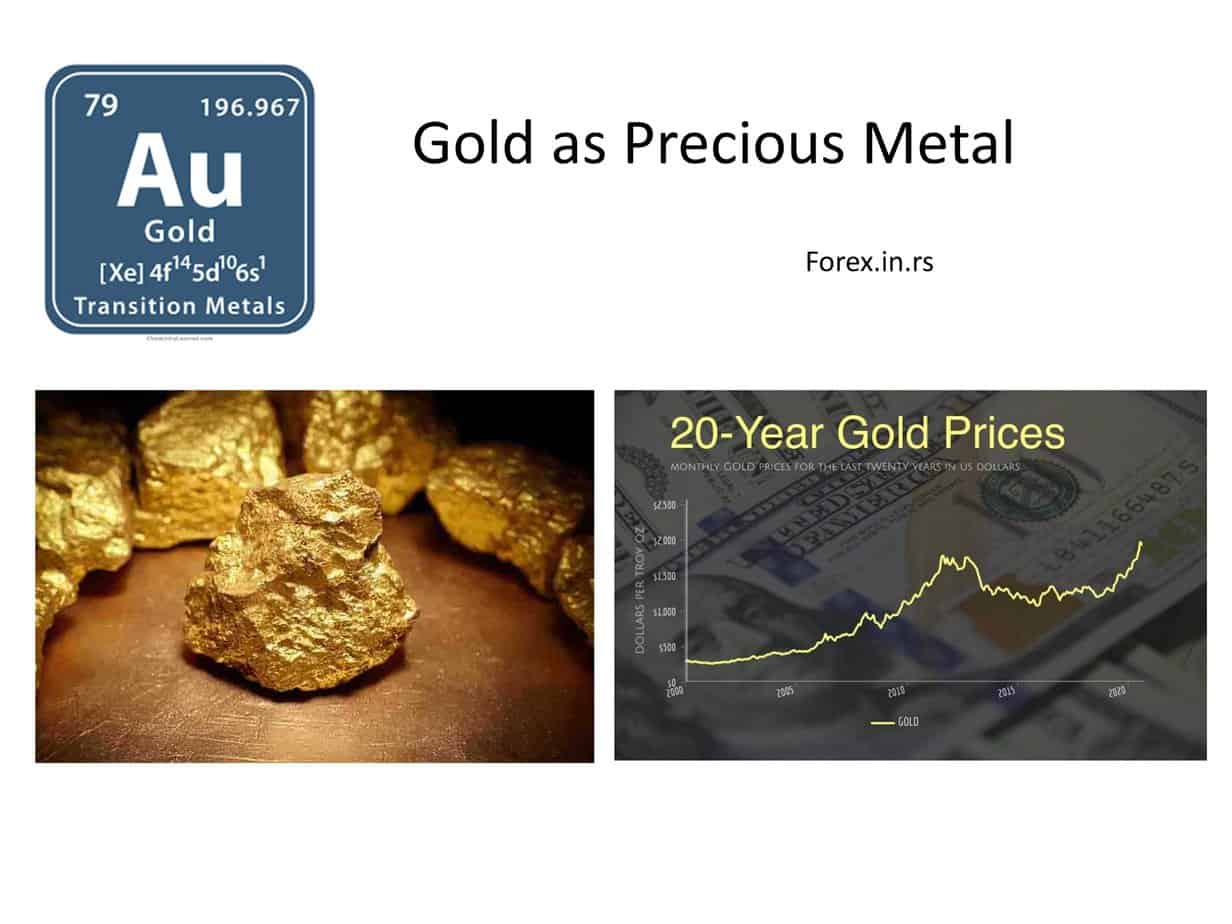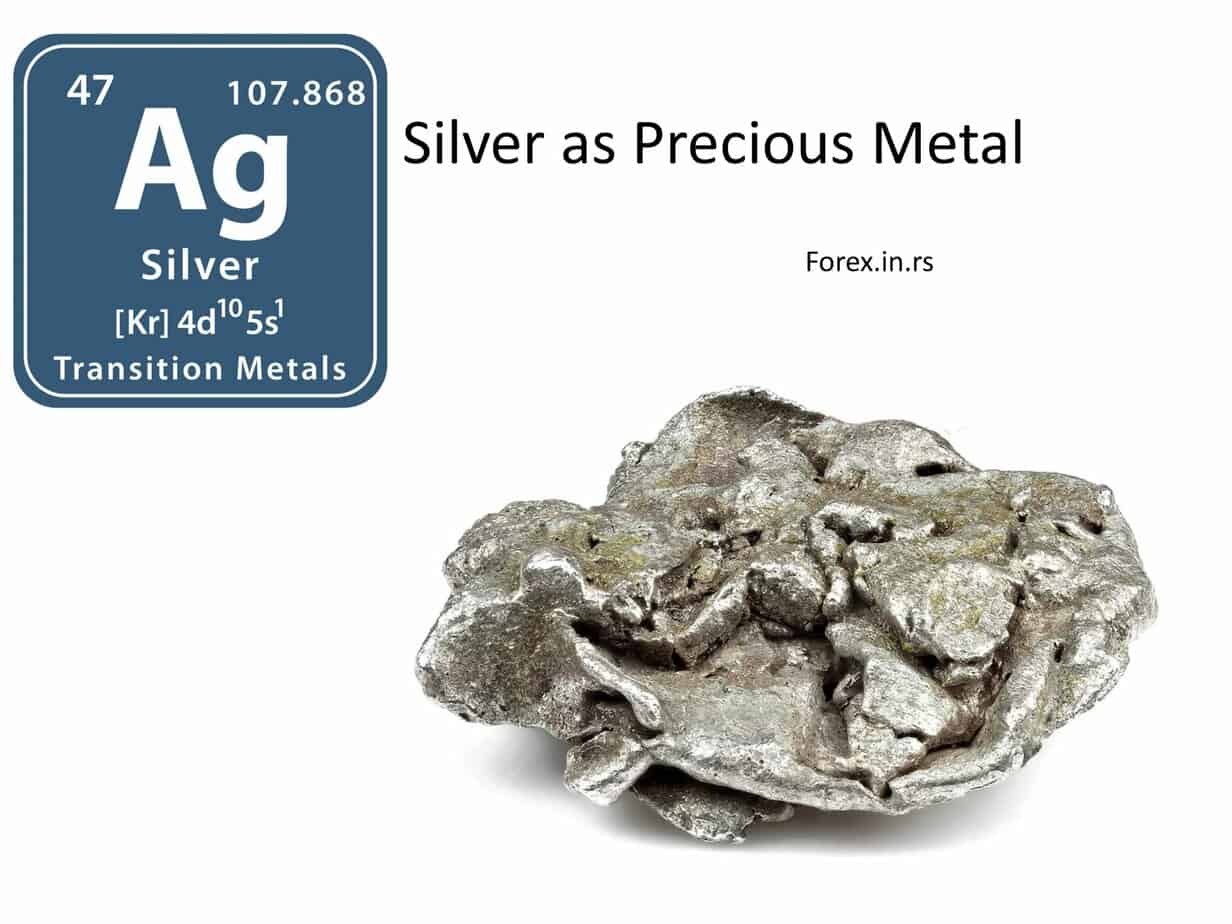Precious metals are typically not magnetic, but some may exhibit weak magnetic properties. The most common precious metals include gold, silver, platinum, and palladium. None of these are ferromagnetic, which means they are not attracted to a magnet like iron, nickel, or cobalt.
What Precious Metals are Magnetic?
Precious metals iridium, rhenium, ruthenium, rhodium, palladium, osmium, platinum, silver, and gold are not magnetic. However, precious metals can have weak magnetic susceptibility and be paramagnetic and diamagnetic.
Some precious metals can be classified as paramagnetic or diamagnetic:
- Paramagnetic: These materials have a weak and positive susceptibility to magnetic fields, meaning they are weakly attracted to magnets. Platinum is an example of a precious paramagnetic metal, but its magnetic properties are weak and generally not noticeable in everyday situations.
- Diamagnetic: These materials have a weak and negative susceptibility to magnetic fields, meaning magnets weakly repel them. Gold and silver are examples of diamagnetic precious metals. Like paramagnetism, the effect is weak and generally not noticeable in daily life.
Platinum paramagnetic property
Paramagnetic platinum is a rare form of platinum that exhibits unique magnetic properties. Unlike most forms of platinum, which are diamagnetic, meaning they are not attracted to a magnetic field, paramagnetic platinum is attracted to magnetic fields. This unique property makes it a valuable material in various applications, from scientific research to industrial processes.

Platinum is a chemical element with the symbol Pt and atomic number 78. It is a dense, malleable, and ductile metal with a silvery-white color. It is one of the rarest elements in the Earth’s crust, primarily found in South Africa, Russia, and North America deposits. Platinum is essential for various applications, including catalytic converters, electrical contacts, and jewelry. In addition, its unique properties make it an integral component in many technological advancements.
One of the most exciting properties of platinum is its magnetic behavior. Most forms of platinum are diamagnetic, meaning they are not attracted to a magnetic field. However, paramagnetic platinum is different. When placed in a magnetic field, it becomes magnetized and is drawn to the area. This property is due to the unpaired electrons in the platinum atoms, which are free to align with the magnetic field.
The magnetic properties of paramagnetic platinum make it valuable in various scientific research applications. For example, it can be used in nuclear magnetic resonance (NMR) spectroscopy, a technique used to study the structure and behavior of molecules. In NMR spectroscopy, a sample is placed in a magnetic field, and the response of its atomic nuclei to the area is measured. Paramagnetic platinum is helpful in this technique because it produces a large magnetic field, which can enhance the sensitivity of the NMR experiment.
Paramagnetic platinum is also used in magnetic separation techniques, where it is used to separate materials based on their magnetic properties. This process passes a mixture of materials through a magnetic field. The materials with magnetic properties are attracted to the area and separated from those without. In addition, paramagnetic platinum can be used as a high-gradient magnetic separator, which can be used to separate weakly magnetic materials from non-magnetic materials.
The unique magnetic properties of paramagnetic platinum also make it valuable in industrial processes. For example, it can produce certain chemicals, such as nitric acid, used to make fertilizers, explosives, and other chemicals. In this process, paramagnetic platinum is used as a catalyst, which speeds up the reaction and increases the yield of the desired product.
In addition to its magnetic properties, platinum has other unique properties that make it valuable in various applications. For example, it is highly resistant to corrosion, which makes it useful in environments where other metals would corrode, such as in the production of sulfuric acid. It is also a good conductor of electricity and heat, making it useful in electrical contacts and thermocouples.
Gold and silver Diamagnetism Property
Gold and silver are two precious metals highly valued for their beauty and rarity for centuries. However, in addition to their aesthetic appeal, gold and silver exhibit unique physical properties that make them valuable in various scientific and technological applications. One of these properties is their diamagnetism, which results from their electronic structure.

Diamagnetism is a property of materials that causes them to be repelled by a magnetic field. This occurs because diamagnetic materials have all their electrons paired, which causes their magnetic moments to cancel each other out. For example, gold and silver are both diamagnetic because they have filled d-subshells, which means all their electrons are paired.
The diamagnetic properties of gold and silver have been studied extensively, and they have been found to exhibit a variety of interesting behaviors. For example, when a piece of gold or silver is placed in a magnetic field, it will experience a force that opposes the field. However, this force is feeble and easily overwhelmed by other details such as gravity or air resistance.

Despite the weak diamagnetic forces, gold and silver can still be levitated in a magnetic field. This is because the diamagnetic details are proportional to the strength of the magnetic field, and powerful fields can overcome the forces of gravity and lift the material. This effect is known as diamagnetic levitation, and it has been demonstrated with both gold and silver.
Gold and silver’s diamagnetic properties are also helpful in various scientific and technological applications. For example, they can be used as reference materials in magnetic susceptibility measurements. In these experiments, the magnetic susceptibility of a sample is measured by comparing it to the exposure of a known diamagnetic material, such as gold or silver.
In addition, gold and silver’s diamagnetism has been used to produce magnetic shields. Magnetic shielding is a technique that blocks external magnetic fields, which can be crucial in various applications, such as in making sensitive electronic equipment. Gold and silver are often used as materials for these shields because of their diamagnetic properties, which can help to reduce the strength of the external field.
Gold and silver’s diamagnetism also has implications for their use in jewelry. Because they are diamagnetic, they are not attracted to magnetic fields, meaning they will not be affected by magnetized jewelry clasps or other magnetic objects. This is an essential consideration for those who wear jewelry regularly, as it can help to prevent damage to the piece or discomfort for the wearer.
In conclusion, gold and silver’s diamagnetic properties are exciting and essential to these precious metals. While the diamagnetic forces are weak, they still play a role in various scientific and technological applications, from magnetic susceptibility measurements to producing magnetic shields. In addition, the diamagnetic properties of gold and silver make them valuable materials for use in jewelry. More benefits for these unique properties will likely be discovered as research continues.
In summary, precious metals like gold, silver, platinum, and palladium are not strongly magnetic. However, platinum has weak paramagnetic properties, and gold and silver have soft diamagnetic properties.
If you like bills and coins, you should learn more about Gold and Silver IRAs. You can protect your retirement fund if you invest in IRA precious metals. Investors with gold IRAs can hold physical metals such as bullion or coins. Get a free pdf about Gold IRA.
GET GOLD IRA GUIDE
If you do not want to own them in physical form precious metals, you can trade gold, silver, and metals as CFD with the minimum commission:
























